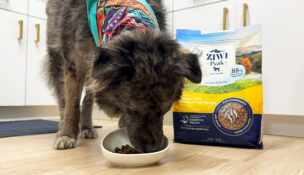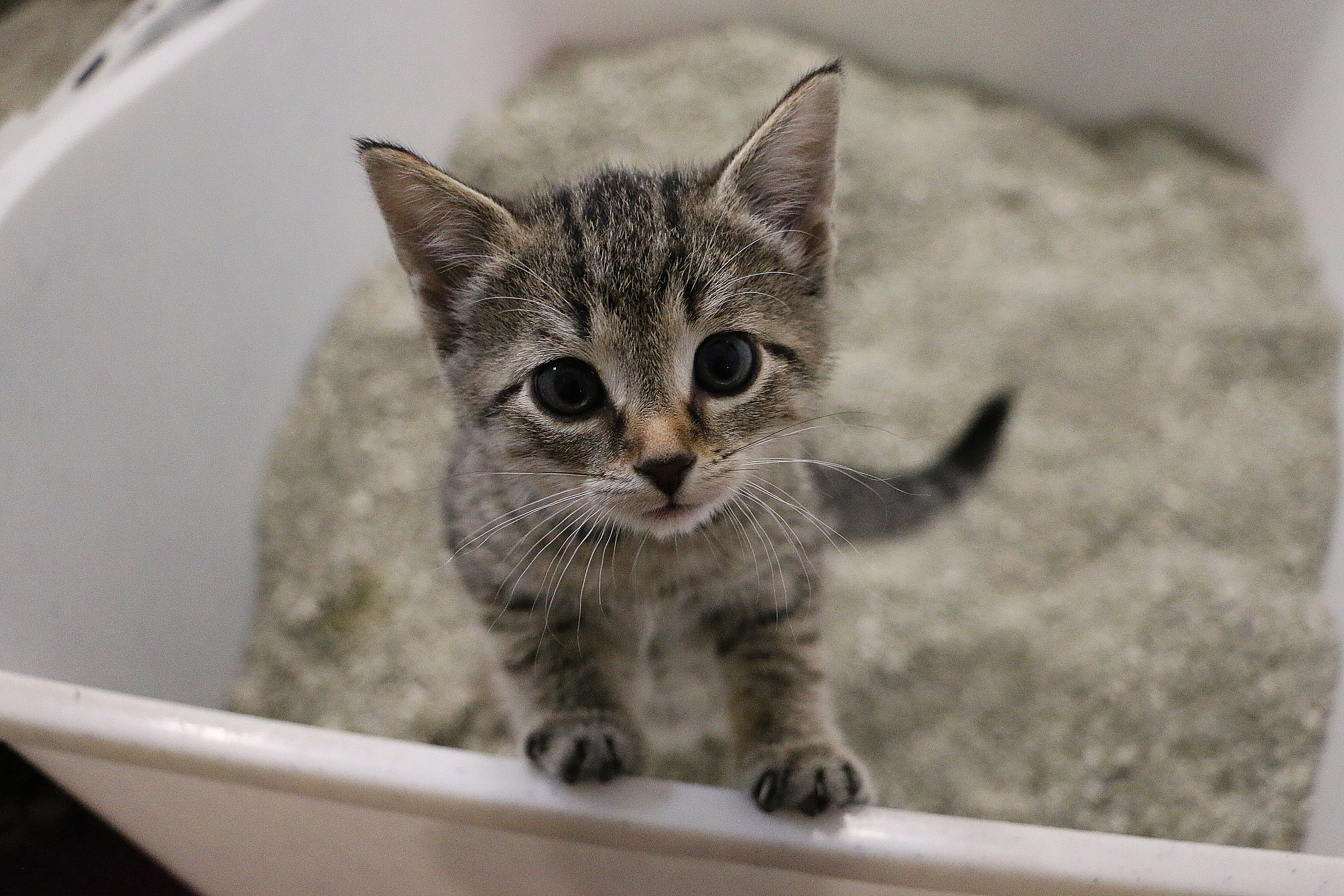Study: Infectious Diseases Increase in Dogs, Cats
Pet Age Staff //May 6, 2014//
There was a 48 percent increase in the prevalence of feline immunodeficiency virus, FIV, infections in cats and a 21 percent increase in the prevalence of infection with the bacterium that causes Lyme disease in dogs, according to Banfield Pet Hospital’s State of Pet Health 2014 Report.
The report showed that in 2013, approximately one of every 300 cats seen in Banfield hospitals was found to be infected with FIV, with the highest prevalence of FIV infection in Oklahoma, Iowa and Arkansas.
Also in 2013, approximately one in every 130 dogs was infected with the bacterium that causes Lyme disease. The report reinforced that the Northeastern states are a hot spot for Lyme disease, with the highest prevalence of infection in New Hampshire where 1 in every 15 dogs seen was infected, followed by Massachusetts and Rhode Island.
In contrast, one in 1,000 dogs or less was infected in the Pacific Northwest. The infection was twice as common in large breed dogs as in toy/small breed dogs.
The report, compiled by Banfield’s internal research team, Banfield Applied Research and Knowledge, or BARK, analyzed data collected in 2013 from nearly 2.3 million dogs and 470,000 cats cared for in Banfield’s more than 850 hospitals in 43 states.
“The 2014 report highlights the increase in infectious disease observed at Banfield hospitals nationwide,” said Jeffrey Klausner, DVM, MS, DACVIM, senior vice president and chief medical officer for Banfield Pet Hospital. “It is our responsibility, as a practice and as a dedicated group of professionals who love pets, to provide the best possible preventive care, which leads to early disease diagnosis and management.”
The State of Pet Health 2014 Report focuses on common infectious diseases affecting dogs and cats in the United States, as well as the prevalence and geographic trends of such diseases, including Lyme disease, parvovirus, Giardia and kennel cough for dogs; and feline immunodeficiency virus infection, feline leukemia virus, upper respiratory infection and ear mites for cats.
For the full State of Pet Health 2014 Report, visit www.stateofpethealth.com.


















